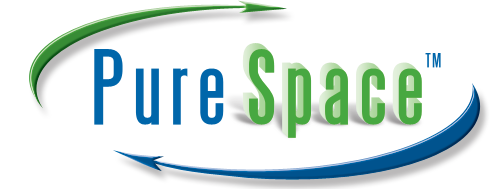Before we knew better as an industry, one of the most widely used methods was mold encapsulation. When it came to lead paint or asbestos, this was often the preferred method, and for the most part, it worked. So, the lead and asbestos remediator thought, “If it works for lead and asbestos, surely it will work for mold!” And so they set about coating mold in whatever was the sealer du jour. It wasn’t until many years later that the industry started to see the problems with this methodology.
Ever hear the saying, what’s good for the goose is good for the gander? Do you know what it means, technically? It means that if something is good for one goose, it must be good for all geese. The merits of this argument can be debated later, but I believe this it is exactly the line of thinking that lead to the methodology of encapsulating mold. The only problem is that a gander is made up of geese, so at least in one sense, you are comparing apples-to-apple. However, the thinking that, if it’s good enough for lead and asbestos, then it surely will be good for mold, has a (fatal) difference. Mold isn’t made up of lots of lead or lots of asbestos. Mold is made up of… MOLD! Now before you sneer at these well-intentioned (if not completely misinformed) folks, we don’t want to be guilty of Monday morning quarterbacking. At the time, there was so little knowledge out there about mold that when you consider the collective experiences the first actual mold technicians had to go on, it’s actually pretty easy to see how they came to the conclusions that they did.
However, when you put even the most basic amount of thought into the situation, you should come up with several red flags that should give you reason to pause and wonder, ‘is this really effective?’
- Asbestos and lead are inorganic, and do not grow or move on their own. They are man-made substances that have been put in places by people. Mold on the other hand, is a living organism that does grow, multiply, and move without the help of people (and also with the help of people, but it isn’t necessary).
- Asbestos and lead do not eat anything. They are just a coating and insulator and binder etc. Mold eats dead organic matter. So to cover mold or asbestos to keep it from getting airborne (at least in many circumstances) is a reasonable course of action. But mold is a three dimensional being. Cut it off from it’s food source in one direction, and it will simply look for other food sources available. Also, since mold does not need oxygen, by covering it up with a sealer, you have not removed anything mold needs in order to survive. Remember the list? Food, water, a nice cozy temp and 1 mold spore. Encapsulants won’t kill the mold, nor will they remove the water, at least not for very long, and since the mold is likely already on the wood you covered up, it still have a bountiful buffet of plywood and glue on which to munch.
- Since lead and asbestos don’t eat anything, as long as the sealer you used is strong enough for the situation, and does not break down, you can safely coat the lead or asbestos and call it good. However, many of the sealers and coatings used to encapsulate (yes, including Kilz) have organic components to them, so the mold actually can feed on the very thing that was supposed to ‘cover it up.’
So the next time you have a mold issue and the remediator you’ve hired says anything about ‘encapsulation’ you now know you need to find a better remediator. But hey, if you do choose encapsulation, at least you won’t have to actually see the mold chowing down on your studs and sheathing!

